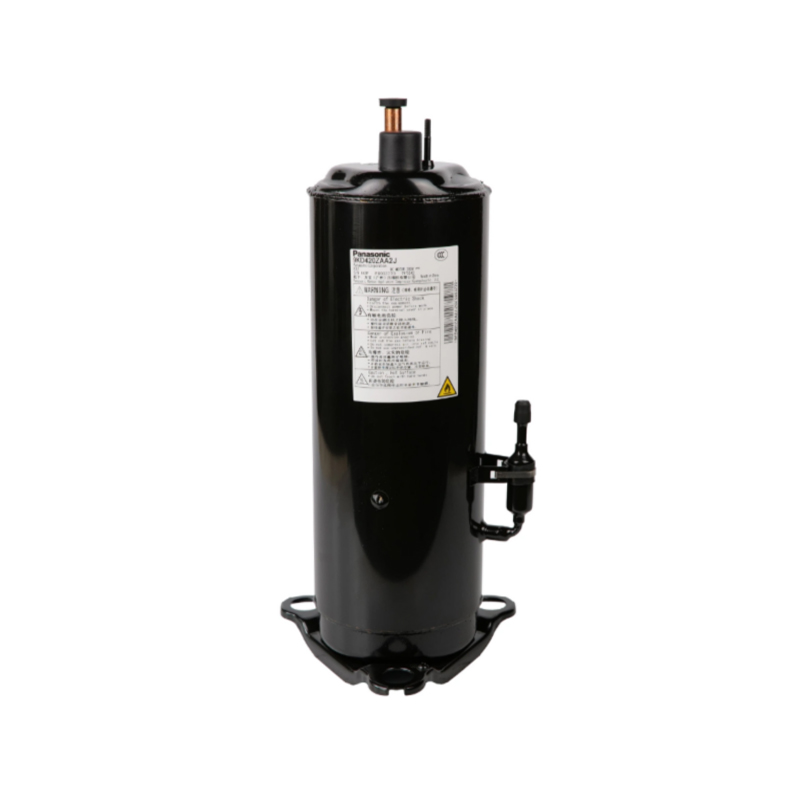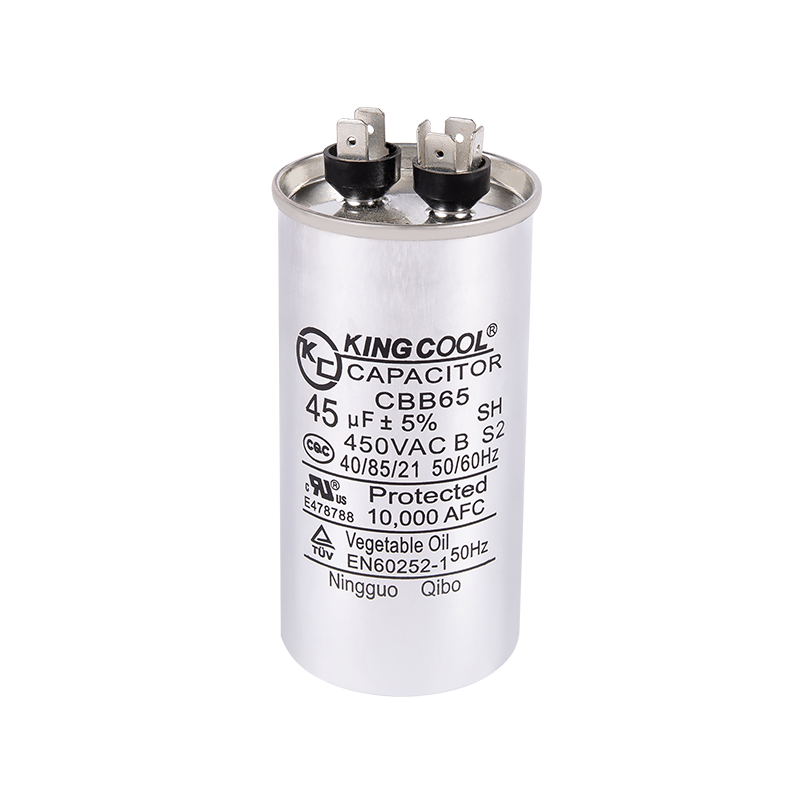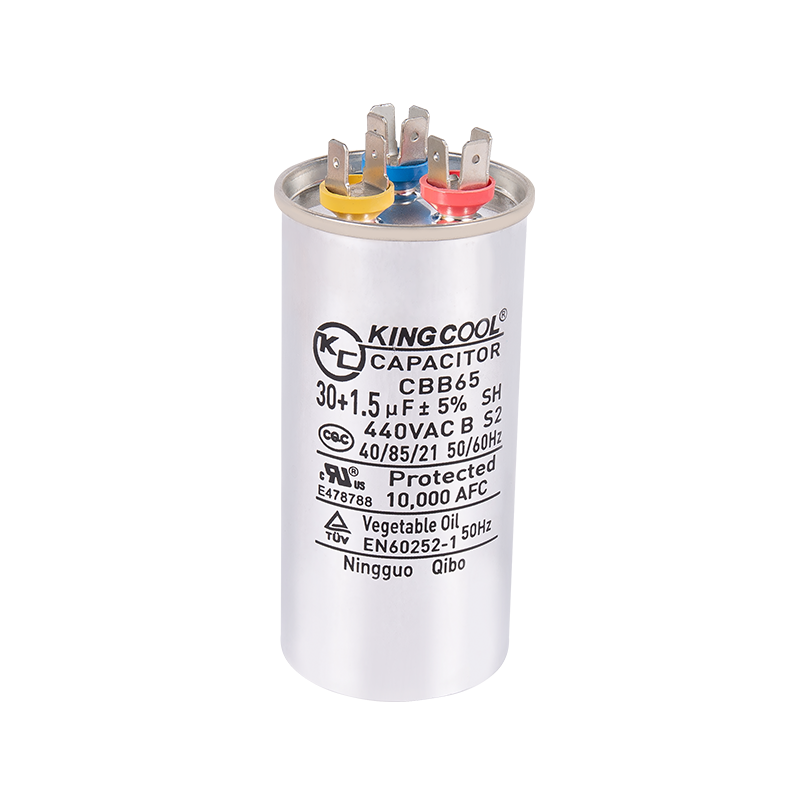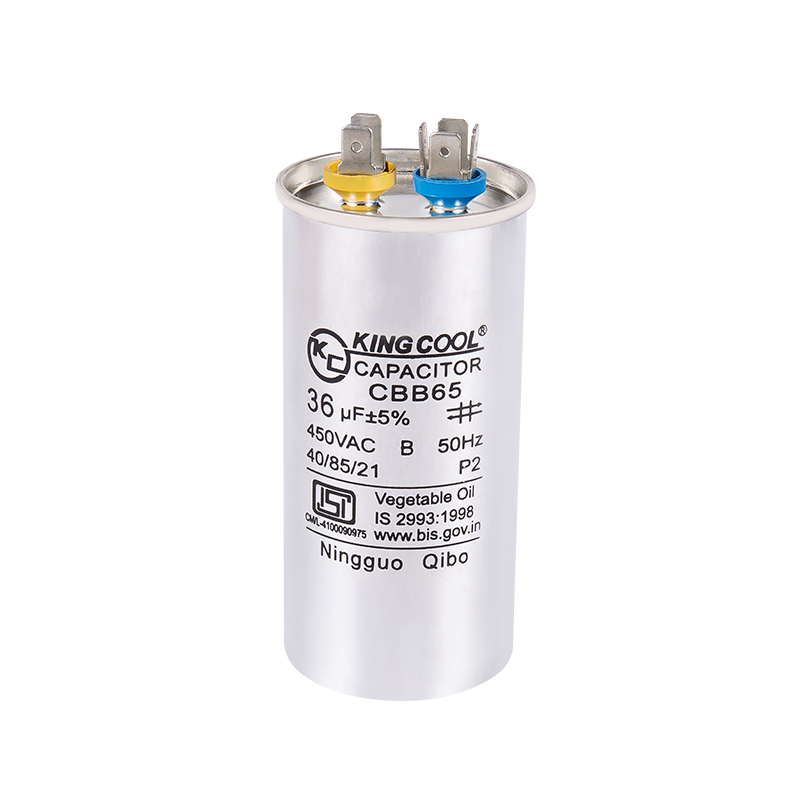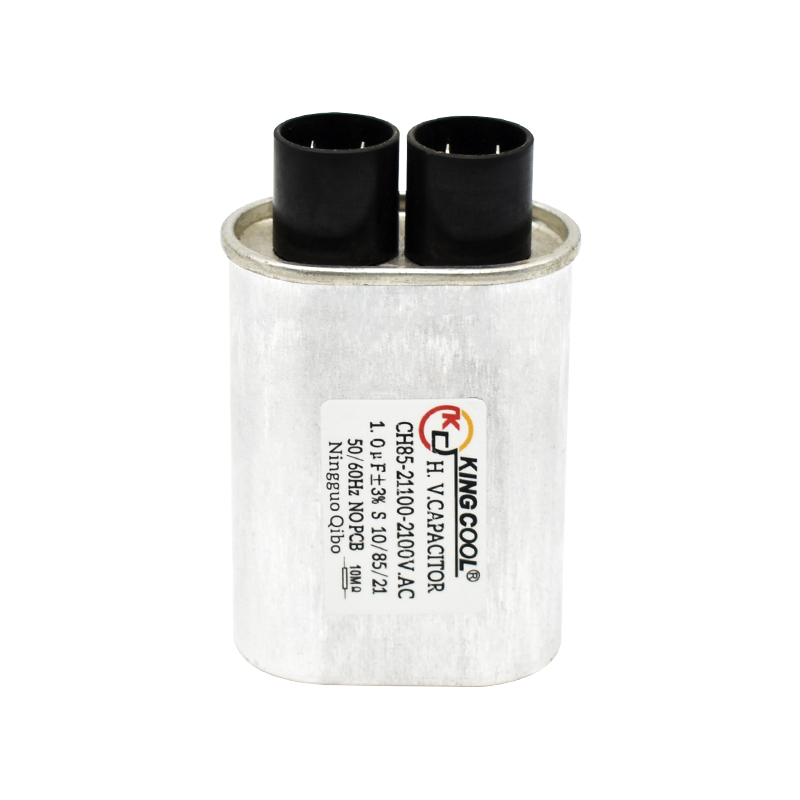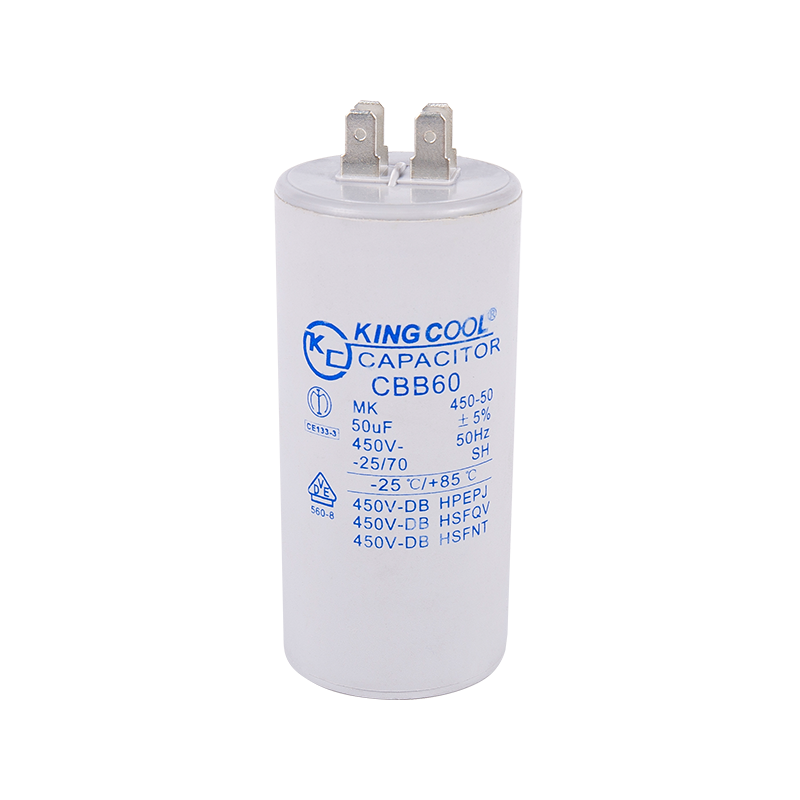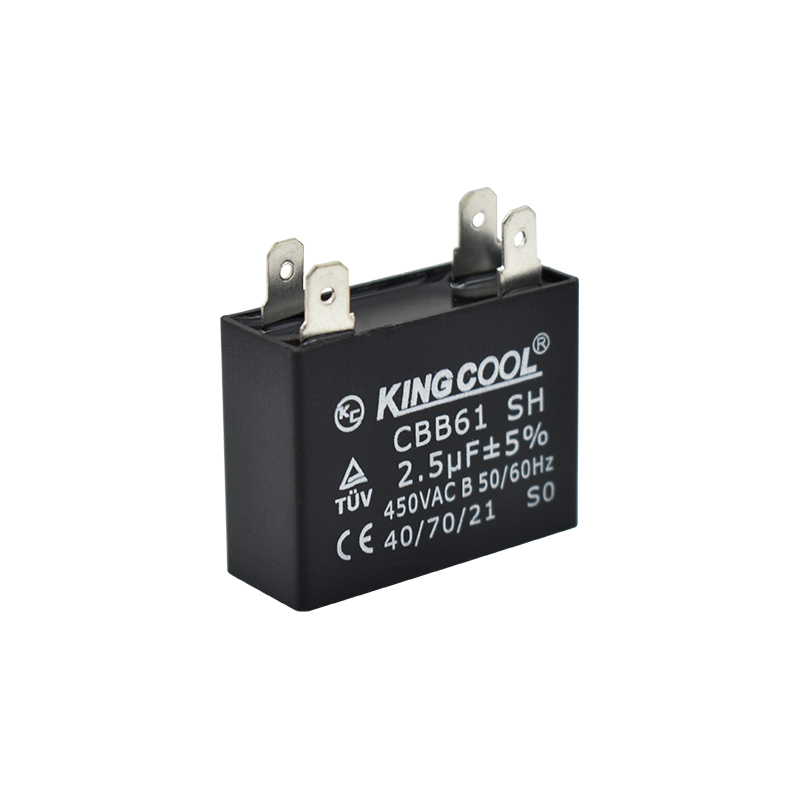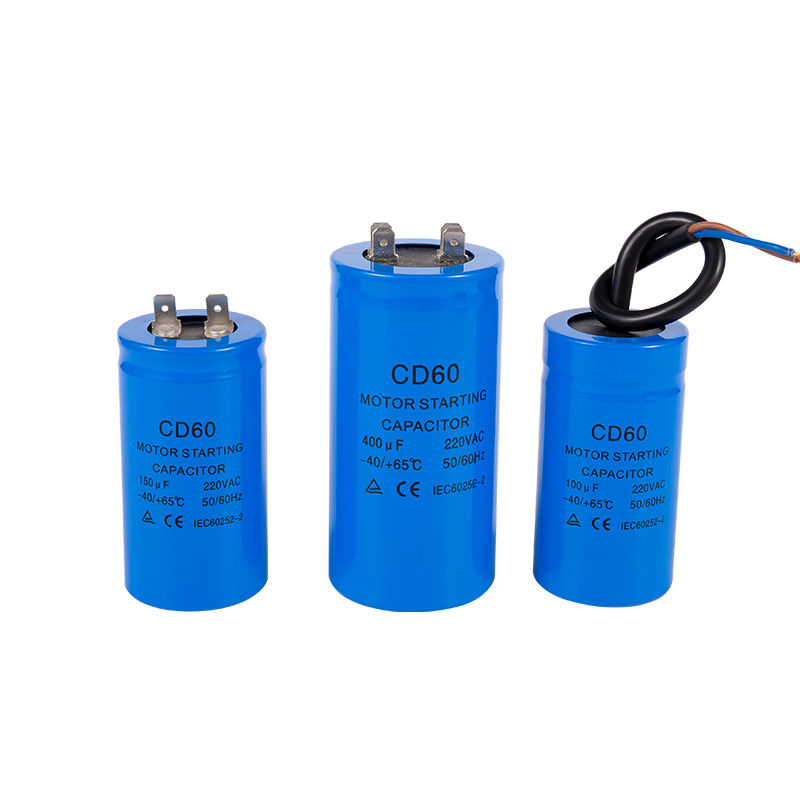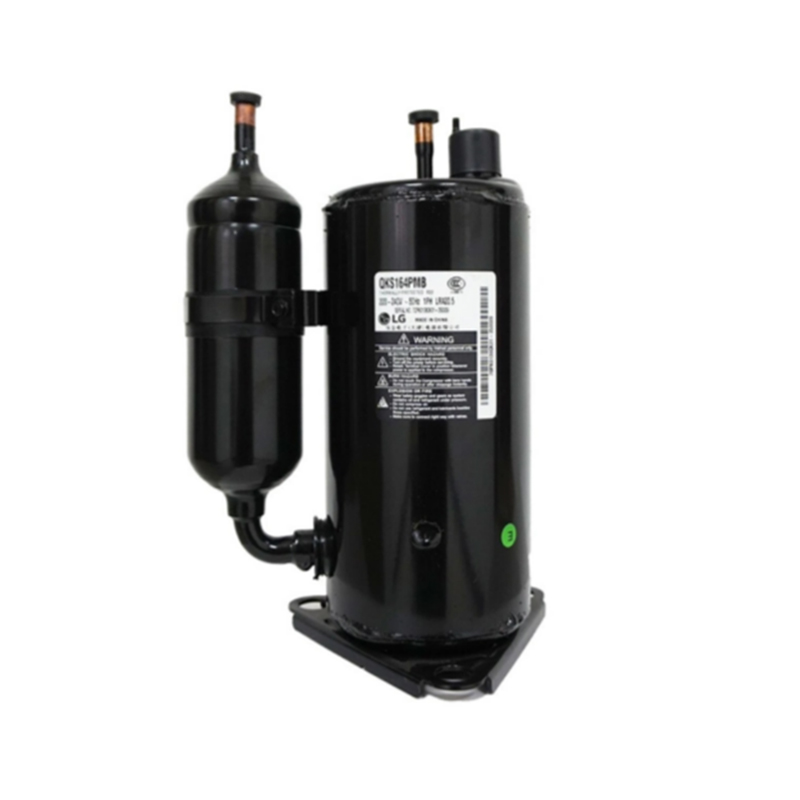- Home
- About Us
- Product
- Capacitor
- Air-Conditioner Parts
- Compressor
- Universal A/C Control System & Remote
- Temperature Controller
- Contactor & Transformer
- Relay & Overload & Delay Timer
- Indoor And Outdoor Air Conditioning Motor
- Defrost Timer
- Thermostat Guard
- Select Switch
- Fan Blade
- Air Conditioner Bracket
- A/C Flow Deflector & A/C Service Bag
- High Pressure Washer
- Charging Valve & Capillary & Wave Tube
- All A/C Brands Sensor
- Insulation tuber
- Refrigerator Parts
- Refrigeration Parts
- Axial Fan
- Microcomputer Temperature Control
- Voltage Protector
- Vacuum Pump & Refrigerant Recovery Unit & Scale
- Brass & Copper Fitting
- Installation Material
- PVC Air Curtain
- Condensate Drain Pump
- Refrigerant
- Copper Tube
- Filter Drier & Oil Separator For Refrigeration System
- Vibration Absorber
- Control Valve & Fitting & Component
- Manifold Gauge
- Thermometer
- Air Curtain
- Condenser Unit
- Condensing Unit
- AC Cooling Fan
- Refrigerant Leak Detector
- Latch & Hinge
- Washing Machine Parts
- Home Appliances Parts
- Instruments&Tools
- Resources
- News
- Contact Us
Web Menu
- Home
- About Us
- Product
- Capacitor
- Air-Conditioner Parts
- Compressor
- Universal A/C Control System & Remote
- Temperature Controller
- Contactor & Transformer
- Relay & Overload & Delay Timer
- Indoor And Outdoor Air Conditioning Motor
- Defrost Timer
- Thermostat Guard
- Select Switch
- Fan Blade
- Air Conditioner Bracket
- A/C Flow Deflector & A/C Service Bag
- High Pressure Washer
- Charging Valve & Capillary & Wave Tube
- All A/C Brands Sensor
- Insulation tuber
- Refrigerator Parts
- Refrigeration Parts
- Axial Fan
- Microcomputer Temperature Control
- Voltage Protector
- Vacuum Pump & Refrigerant Recovery Unit & Scale
- Brass & Copper Fitting
- Installation Material
- PVC Air Curtain
- Condensate Drain Pump
- Refrigerant
- Copper Tube
- Filter Drier & Oil Separator For Refrigeration System
- Vibration Absorber
- Control Valve & Fitting & Component
- Manifold Gauge
- Thermometer
- Air Curtain
- Condenser Unit
- Condensing Unit
- AC Cooling Fan
- Refrigerant Leak Detector
- Latch & Hinge
- Washing Machine Parts
- Home Appliances Parts
- Instruments&Tools
- Resources
- News
- Contact Us
Product Search
Exit Menu

Potential Hazards of Incorrect AC Accessory Installation
Posted by Admin | 17 Oct
- 1 Understanding the Role of Key AC Accessories
- 2 Hazards of Incorrect Electrical Accessory Installation
- 3 Refrigerant and Mechanical Installation Errors
- 4 Ensuring a Safe and Correct Installation
- 5 FAQ
- 5.1 What is the most common mistake made during AC accessory installation?
- 5.2 Can I install AC accessories myself, or should I always hire a professional?
- 5.3 How does incorrect installation affect my AC system's lifespan?
- 5.4 What should I look for when buying replacement AC accessories?
- 5.5 Are the hazards the same for refrigerator accessories?
Proper installation of air conditioning accessories is critical for system efficiency, safety, and longevity. Incorrect installation can lead to a cascade of problems, from reduced cooling performance to catastrophic system failure and even safety risks. This article delves into the specific hazards associated with improper installation practices, providing a detailed guide to help technicians and homeowners avoid these costly and dangerous mistakes. We will explore common errors, their direct consequences, and how to ensure a safe, reliable installation every time.
PANASONIC Compressor For Air Conditioner
Understanding the Role of Key AC Accessories
Before examining the hazards, it's essential to understand the function of critical AC accessories. These components work in concert with the main system to ensure optimal operation. A fault in any one accessory can compromise the entire system's integrity and performance.
- Contactors and Relays: These are electromechanical switches that control the flow of high-voltage electricity to the compressor and fan motors.
- Capacitors: They provide the necessary jolt of electricity to start the motor (start capacitor) and keep it running smoothly (run capacitor).
- Thermostats: The primary user interface and control center for the AC system, regulating the temperature and cycling the system on and off.
- Fuses and Circuit Breakers: Protective devices designed to safeguard the electrical circuit from overcurrent and short circuits.
- Line Sets and Insulation: The copper tubing that carries refrigerant between the indoor and outdoor units, with insulation to prevent energy loss and condensation.
Hazards of Incorrect Electrical Accessory Installation
Electrical components are particularly susceptible to damage from improper handling. The consequences here are often immediate and severe, posing significant safety risks.
Faulty Capacitor Connections and System Failure
Capacitors are deceptively simple components that are often installed incorrectly. Reversing the hermetic and fan terminals on a dual-run capacitor, for instance, can cause the compressor and fan motor to run in opposition, leading to immediate burnout. Similarly, using a capacitor with the wrong microfarad (µF) rating can cause the motor to overamp, overheat, and fail prematurely. This is why sourcing reliable components, such as those supplied by specialists like Ningguo Kingcool Import and Export Co., Ltd., is crucial for ensuring specifications are met.
- Motor Burnout: The compressor or fan motor draws excessive current, overheats, and seizes.
- Intermittent Operation: The system may struggle to start or shut off unexpectedly due to insufficient torque.
- Damage to the Capacitor Itself: An overworked capacitor will bulge, leak, or explode, requiring replacement.
Consequences of Improper Contactor Wiring
The contactor is the workhorse of the electrical system. Loose connections on the line or load side can create high resistance, leading to arcing, pitting, and excessive heat. This can melt the contactor's plastic housing, weld the contacts together (causing the unit to run continuously), or even cause an electrical fire.
- Electrical Fires: Arcing and overheating at connection points can ignite surrounding materials.
- Continuous Compressor Operation: Welded contacts keep the compressor running non-stop, leading to rapid wear and failure.
- Voltage Drop: Poor connections can cause a voltage drop to the compressor, making it run hotter and less efficiently.
| Installation Error | Immediate Symptom | Long-Term Hazard |
| Loose Contactor Terminals | Audible humming or buzzing from the contactor | Electrical fire, welded contacts |
| Incorrect Capacitor µF Rating | Motor hums but won't start, trips breaker | Complete motor burnout, requiring replacement |
| Reversed Capacitor Wires | Motor runs backwards (if it starts) | Immediate motor seizure and failure |
Refrigerant and Mechanical Installation Errors
Beyond the electrical system, the mechanical and refrigerant sides of an AC installation are equally critical. Errors here often lead to inefficient performance and slow, costly system degradation.
Problems from Improper Refrigerant Line Installation
The installation of the copper refrigerant lines is a precision task. Kinks or restrictions in the line set create a pressure drop, forcing the compressor to work harder to pump refrigerant. This not only increases energy consumption but also causes the compressor to overheat and its lubrication to break down, significantly shortening its life. Proper screw ship unloader techniques in manufacturing ensure components are made to precise tolerances, a standard that should be mirrored in field installations to prevent such issues.
- Reduced Cooling Capacity: The system cannot achieve the desired temperature.
- High Head Pressure: The compressor discharge pressure becomes dangerously high, triggering safety switches.
- Compressor Overheating and Failure: The compressor's internal thermal overload protector trips repeatedly, eventually causing permanent damage.
Hazards of Incorrect Thermostat Wiring
A thermostat is the brain of the operation. Crossed wires, such as connecting the 'Y' (compressor) wire to the 'G' (fan) terminal, can cause the fan to run without the compressor, providing no cooling. More seriously, a short between the 24V control circuit and the high-voltage line can destroy the thermostat and the control board in the indoor unit, leading to a very expensive repair.
- Erratic System Behavior: The AC and furnace may cycle on and off at the wrong times or not at all.
- Damage to Control Board: A voltage short can fry the delicate electronics of the system's main control.
- Wasted Energy: The system runs inefficiently, driving up utility bills without providing comfort.
| Mechanical Error | Performance Impact | System Damage |
| Kinked Refrigerant Line | Poor cooling, system runs constantly | Compressor burnout due to high pressure and low return gas cooling |
| Insufficient Line Set Insulation | Cooling loss and condensation drip from sweating pipes | Water damage to property, mold growth, and reduced system efficiency |
| Incorrect Thermostat Wiring | Components activate in wrong sequence or not at all | Permanent damage to the HVAC control board |
Ensuring a Safe and Correct Installation
Avoiding these hazards requires a methodical approach focused on quality and precision. It begins with using the correct components and following established best practices.
- Use High-Quality, Certified Parts: Always source accessories from reputable manufacturers and suppliers. Companies like Ningguo Kingcool Import and Export Co., Ltd. emphasize quality control in their production, which is vital for component reliability.
- Follow Manufacturer Instructions: Never assume wiring or assembly. Always consult the specific installation manual for the unit and the accessory.
- Employ Proper Tools and Techniques: Use a calibrated torque wrench for electrical connections, proper tubing benders for line sets, and a high-quality vacuum pump for evacuating the system.
- Verify with Testing: After installation, use a multimeter to check voltages and capacitances, and a manifold gauge set to verify system pressures are within specification.
FAQ
What is the most common mistake made during AC accessory installation?
The most prevalent and dangerous mistake is improper electrical termination. This includes loose wire connections at contactors and capacitors, and using wire nuts that are not rated for the environment or the application. Loose connections create resistance, which generates intense heat and is a leading cause of electrical fires in HVAC systems. Ensuring tight, secure connections is the single most important step for a safe installation.
Can I install AC accessories myself, or should I always hire a professional?
While some tasks like replacing a standard thermostat can be DIY-friendly for a knowledgeable person, most AC accessory installations require a professional. Working with high-voltage components, refrigerants, and complex control systems carries significant risk of injury, electrocution, and causing expensive damage to the system. A certified technician has the training, tools, and insurance to perform the job safely and correctly, ensuring your warranty remains valid and your home is safe.
How does incorrect installation affect my AC system's lifespan?
Incorrect installation is a primary contributor to premature system failure. For example, a faulty capacitor installation can burn out a compressor—the most expensive component—in a matter of hours. Chronic issues like low refrigerant charge due to a poor line set connection or high electrical resistance will cause the system to run under constant stress, potentially cutting its expected 15-year lifespan in half. Proper installation is an investment in the long-term health of your equipment.
What should I look for when buying replacement AC accessories?
Focus on compatibility, quality, and certification. Always match the part number, voltage, amperage, and µF rating exactly with the original component. Look for parts that have relevant safety certifications. It's advisable to purchase from established distributors or directly from trusted manufacturers like Ningguo Kingcool Import and Export Co., Ltd., which combines industrial production with trade expertise, ensuring parts meet precise specifications and are built to last, which is crucial for both air conditioner and refrigerator accessories.
Are the hazards the same for refrigerator accessories?
Yes, the core principles and many of the hazards are directly analogous. Refrigerators also use compressors, capacitors, contactors (often called relays), and thermostat controls. A faulty capacitor installation on a refrigerator compressor will lead to the same burnout outcome. Similarly, errors in installing defrost heaters or thermostats can lead to icing, inefficiency, or even fire hazards. The need for precision and quality parts from a reliable supplier is universal across refrigeration and air conditioning systems.
Efficient charging, stable output, capacitor, thefirst choice for electric drive.
- Address: North of Funing Rd., Helixi Economic and Technology Development Zone, Ningguo, Anhui, China
- Phone/WhatsApp: +86-18110862602
- Email: [email protected]
If you have anything to consult, you canfollow us, we will contact you as soon aspossible
Copyright © Ningguo Kingcool Import and Export Co., Ltd All Rights Reserved. Custom HVAC Parts & Accessories Suppliers









